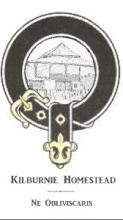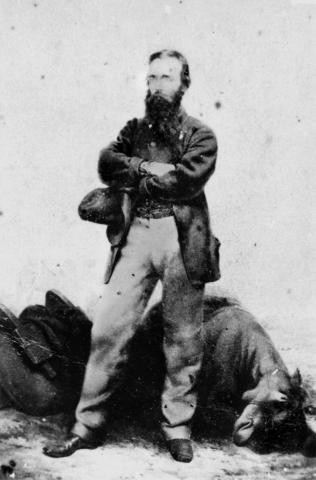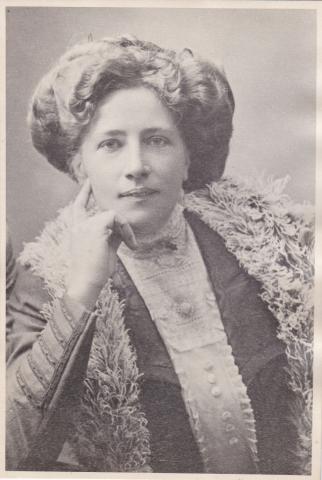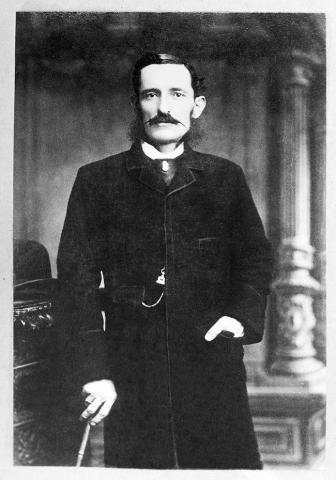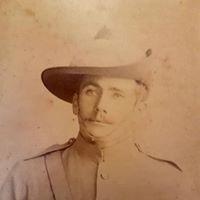
- Biography of Thomas Brydges Campbell
-
Thomas Brydges Campbell was what some people consider to be the "black sheep" of the Campbell family. At some point in his career as a stockman/stationhand he was in trouble for "duffing" some of the neighbour's (Mr Bell's) sheep. We are not sure if this occurred before or after his service in the Boer War. Thomas enlisted in the 1st Battalion, Australian Commonwealth Horse on 7th January 1902. He returned to Australia in July 1902. On 25th September 1906 he married Ellen Constance Thompson in Rockhampton, and we assume sometime not long after this they emigrated to South Africa to live. They had three daughters, one of whom, Cynthia, died in infancy in South Africa in 1915. Thomas died in South Africa in 1918 at the age of 41, and his wife and surviving daughters returned to Australia.
Thomas Brydges Campbell's family
Thomas and his wife Ellen (daughter of Edward Whitley Thompson & Mary Jane Miller) had three children:
- Jean Campbell (b. 1907, Johannesburg, South Africa; d. 13 July 1943, Australia)
- Twins - Margaret Edith Campbell & Cynthia Campbell (b. 9 Dec 1913, Johannesburg, South Africa) Margaret married Robert James Bardon after her return to Australia with her mother Ellen following Thomas's death. They had two children - James Campbell Bardon and Geoffrey Robert Bardon. Cynthia died in 1915 in Johannesburg.
Australian Commonwealth Horse in the Boer War
The first Battalion, Australian Commonwealth Horse, left Brisbane on 26th January 1902, and then after picking up the NSW contingent in Sydney, departed for South Africa on 18th February, 1902 with 7 officers, 116 others, and 124 horses. When the ACH arrived in South Africa they became part of the British push through the republics of South Africa, capturing Boer farms and prisoners. Farms were burned, and prisoners placed in concentration camps. Many Australians at home did not approve of this treatment of the Boer civilians. After their involvement in the war concluded, the First Battalion returned to Australia, leaving Durban, South Africa on 9 July 1902 with 5 officers and 77 others.
